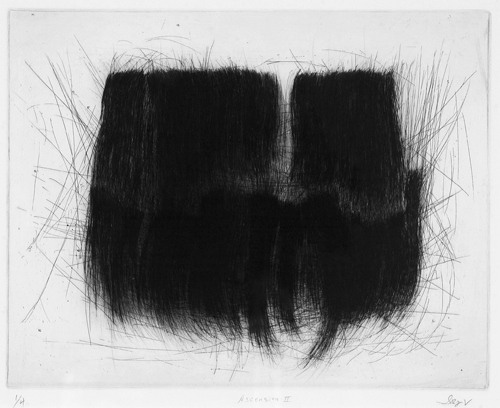Archive for March, 2011
Edition
In printmaking, an edition is a number of prints struck from one plate, usually at the same time. There may be a limited edition, with a fixed number of impressions produced on the understanding that no further impressions (copies) will be produced later, or an open edition limited only by the number that can be sold or produced before the plate wears. Most modern artists produce only limited editions, normally signed by the artist in pencil, and numbered as say 67/100 to show the unique number of that impression and the total edition size.
Intaglio
Intaglio (pronounced in-TAL-ee-oh) is a family of printmaking techniques in which the image is incised into a surface, known as the matrix or plate. Normally, copper or zinc plates are used as a surface, and the incisions are created by etching, engraving, drypoint, aquatint or mezzotint. Collagraphs may also be printed as intaglio plates. To print an intaglio plate, ink is applied to the surface and then rubbed with tarlatan cloth to remove most of the excess. The final smooth wipe is often done with newspaper or old public phone book pages, leaving ink only in the incisions. A damp piece of paper is placed on top and the plate and paper are run through a printing press that, through pressure, transfers the ink from the recesses of the plate to the paper.
Intaglio techniques are often combined on a plate. For example Rembrandt’s prints are referred to as “etchings” for convenience, but very often they have engraving and drypoint work as well, and sometimes no actual etching at all.
Drypoint
Drypoint is the most direct of all intaglio techniques. A sharp drypoint needle and a metal plate (or plexiglass) is all you need. Copper is ideal, but you can achieve almost same desired effect with plexiglass sheets, which are more cost efficient. The image is produced by scratching the surface with a sharp needle creating grooves on the surface. Those grooves will hold the printing ink.





